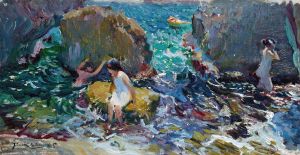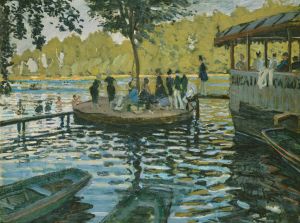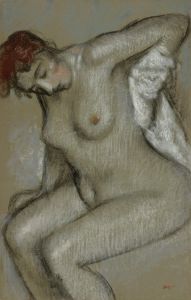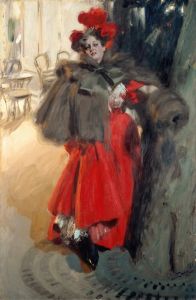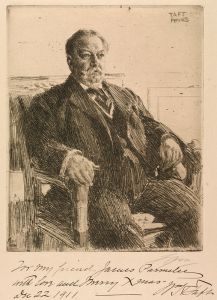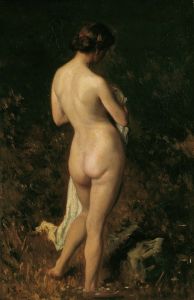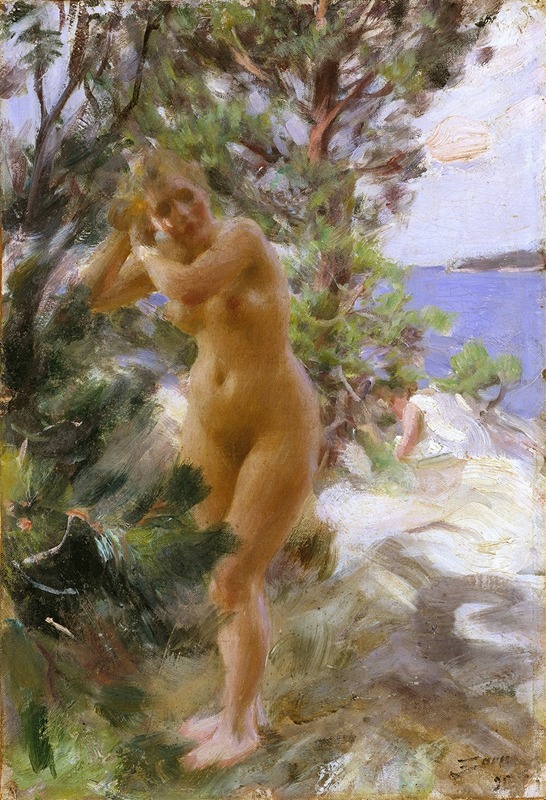
After the Bath
A hand-painted replica of Anders Zorn’s masterpiece After the Bath, meticulously crafted by professional artists to capture the true essence of the original. Each piece is created with museum-quality canvas and rare mineral pigments, carefully painted by experienced artists with delicate brushstrokes and rich, layered colors to perfectly recreate the texture of the original artwork. Unlike machine-printed reproductions, this hand-painted version brings the painting to life, infused with the artist’s emotions and skill in every stroke. Whether for personal collection or home decoration, it instantly elevates the artistic atmosphere of any space.
"After the Bath" is a painting by the Swedish artist Anders Zorn, one of the most prominent painters of the late 19th and early 20th centuries. Zorn, known for his mastery of light, water, and the human form, created this work in 1895. The painting is an oil on canvas and exemplifies Zorn's skill in capturing the naturalistic interplay of light and shadow on the human body.
The artwork depicts a nude woman drying herself after bathing, a subject that Zorn frequently explored in his career. The setting is outdoors, a common theme in Zorn's works, as he often painted figures in natural environments. The woman is shown in a relaxed pose, with her back turned to the viewer, emphasizing the curves and contours of her body. The surrounding landscape is rendered with loose, impressionistic brushstrokes, which contrast with the more detailed depiction of the figure. This juxtaposition highlights Zorn's ability to balance realism with a more painterly approach.
"After the Bath" reflects Zorn's interest in the human form and his ability to portray it with both technical precision and a sense of vitality. His use of light is particularly notable in this piece, as he captures the way sunlight interacts with the skin, creating a warm, luminous effect. This technique, often referred to as the "Zorn palette," relies on a limited range of colors, typically including white, black, yellow ochre, and vermilion, which Zorn used to achieve a remarkable depth and richness in his paintings.
The painting is part of Zorn's broader body of work that celebrates the beauty of everyday life and the human connection to nature. It also reflects the influence of Impressionism, which Zorn encountered during his time in Paris, though his style remained distinct and rooted in his Swedish heritage. Zorn's ability to blend these influences with his own artistic vision earned him international acclaim during his lifetime.
Today, "After the Bath" is considered one of Zorn's significant works, showcasing his technical prowess and his sensitivity to the subtleties of light and form. The painting is held in a private collection, and its exact location is not publicly disclosed.





